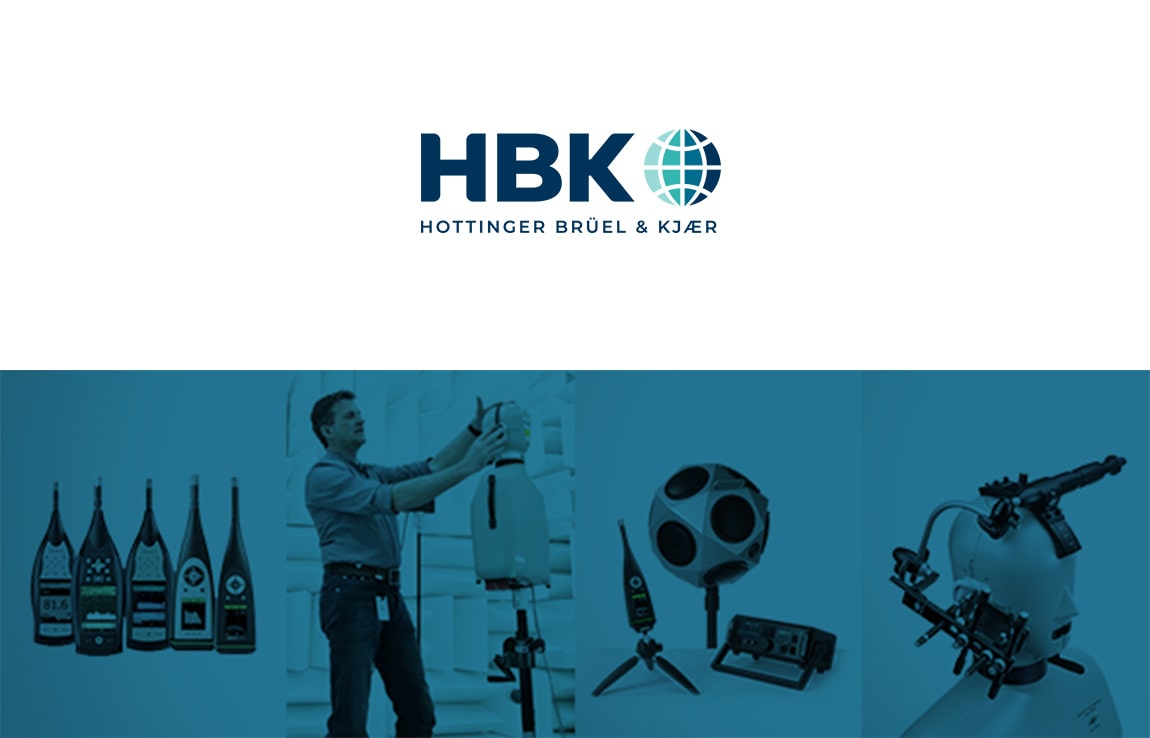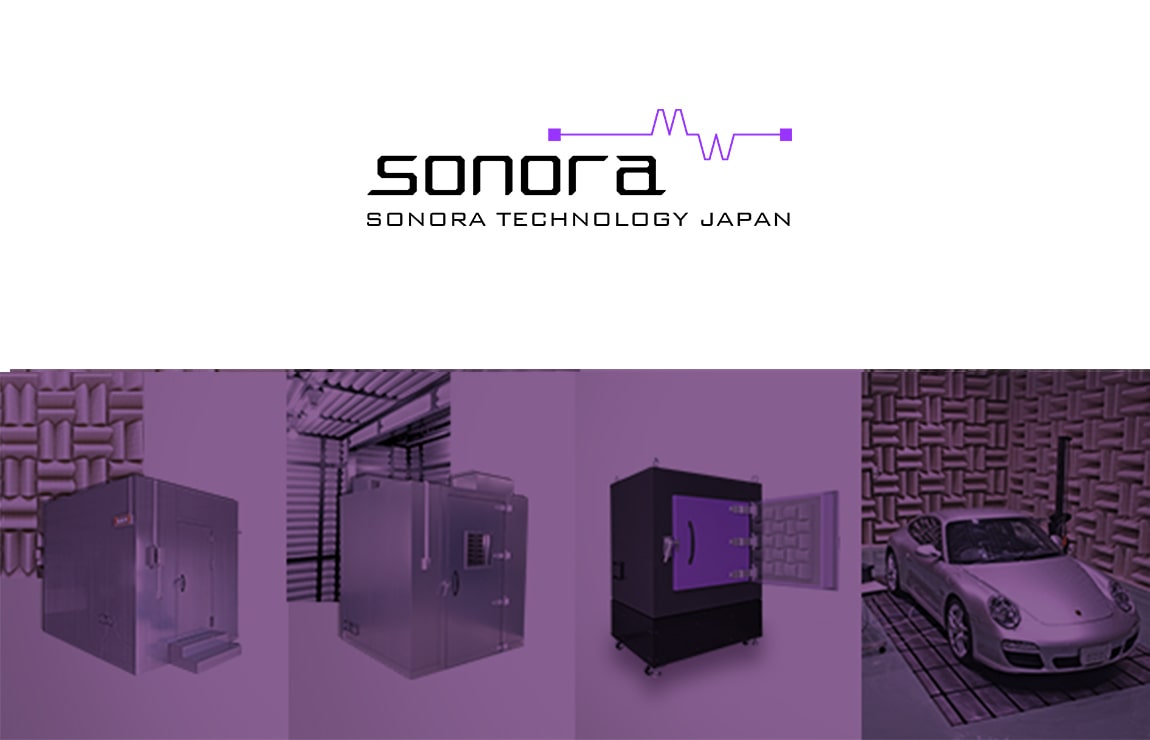Technical Column
Impact of Ventilation Airflow on Background Noise Levels in Anechoic Chambers
May 26, 2025
- HBK × SONORA Acoustic Measurement Solution Official Website
- Technical Column
- Impact of Ventilation Airflow on Background Noise Levels in Anechoic Chambers
Acoustic Power Measurement
Introduction
Anechoic chambers are specially designed acoustic spaces that enable free-field sound conditions for precision testing and measurement. However, when ventilation is required, the airflow introduced by the ventilation system can significantly influence the chamber’s acoustic environment, especially background noise levels.
This article explores how ventilation airflow affects background noise in anechoic chambers, referencing ISO standards and real-world measurement data.
What Is Background Noise in Anechoic Chambers?
In this context, background noise refers to ambient noise present in the measurement environment independent of the Device Under Test (DUT). Common sources include HVAC systems, power supplies, and structural vibrations.
Reducing background noise is essential for accurate acoustic measurements and is explicitly defined in international standards such as ISO 3745:2012 and ISO 3744:2010.
Airflow and Its Acoustic Impact
Effects of Ventilation Airflow
Air movement inside the chamber introduces several possible issues:
| Turbulent Noise Generation | High-speed airflow causes turbulence in ducts and along chamber walls, creating low-level noise. |
|---|---|
| Pressure-Induced Vibrations | Airflow fluctuations may apply pressure variations on surfaces, generating low-frequency vibration noise. |
| Temperature Gradient Effects | Ventilation can create thermal gradients that alter sound propagation characteristics. |
Under ISO 3745, the chamber should maintain free-field conditions with a K₂ correction factor ≤ 0.5 dB. However, airflow-induced turbulence and pressure variations can compromise this condition.
Ventilation Systems and Measurement Accuracy
Environmental Correction Value (K₂) in ISO Standards
| ISO 3745:2012 (Anechoic Chamber) | Requires K₂ ≤ 0.5 dB |
|---|---|
| ISO 3744:2010 (Semi-Anechoic Chamber) | Accepts K₂ values in the range of 0–4 dB |
Increased airflow velocity may raise K₂, reducing measurement precision.
Ventilation Design Strategies for Anechoic Chambers
1. Low-Velocity Ventilation Systems
- Keep airflow velocity below 1 m/s to minimize turbulence
- Use large-diameter ducts to reduce pressure loss and maintain low velocity
2. Sound-Absorbing Ducts
- Line ducts with sound-absorbing materials to reduce flow-induced noise
- Use porous damping materials in duct bends to suppress turbulence
3. Intermittent Ventilation
- Stop ventilation during acoustic measurements to reduce background noise
- Minimize thermal drift when restarting airflow post-measurement
Measurement Data and Analysis
Methodology
Based on ISO 3745 procedures:
1. Background Noise Level Measurement
- Compare chamber noise levels with ventilation ON vs. OFF
- Calculate K₂ at each microphone position
2. Frequency Band Comparison
- Analyze data across octave bands (63 Hz–8 kHz)
- Note stronger airflow influence below 125 Hz
Results
- Background noise rises significantly when airflow exceeds 0.5 m/s
Low-frequency noise (≤125 Hz) shows the largest increase - In some cases, K₂ exceeded 0.5 dB, making the chamber non-compliant with ISO 3745
- Applying duct acoustic treatments reduced low-frequency noise increases by approximately 40%
Conclusion
While ventilation is essential for thermal and comfort control, its airflow velocity directly affects acoustic background noise in anechoic chambers. Low-frequency noise is especially sensitive, and compliance with ISO 3745 requires proactive acoustic management.
Recommended Measures:
- Limit ventilation velocity to ≤1 m/s
- Use sound-absorbing ductwork to suppress turbulence noise
- Suspend ventilation during sensitive acoustic measurements
Proper integration of acoustic and ventilation design is crucial for ensuring accurate sound power measurements in modern anechoic environments.
References
- ISO 3745:2012 – Acoustics — Determination of sound power levels of noise sources using sound pressure
- ISO 3744:2010 – Acoustics — Determination of sound power and energy levels of noise sources using sound pressure
Latest Posts in Technical Column
-

2025.12.06
Integrated Design of Anechoic Chambers with Auxiliary Equipment — Balancing Silence and Functionality — -

2025.11.30
Modular Semi-Anechoic Chambers — A Flexible Solution for Deployable Acoustic Testing — -

2025.11.25
Measuring Silence: How Anechoic Chambers Support Industrial Quality -

2025.11.18
Designing for Reproducibility — Environmental Stabilization in Acoustic Measurement — -

2025.11.13
The New Generation of Mobile Acoustic Measurement — Field Accuracy for Building and Environmental Sound Testing — -

2025.11.07
The Design Logic Behind the Inverse Square Law Zone in Anechoic Chambers -

2025.10.31
Acoustic Cameras and Anechoic Chambers — Visualizing Silence for Sound Source Analysis — -

2025.10.25
Integrated Acoustic and Vibration Analysis — Designing the Data Flow That Connects Measurement and Insight— -

2025.10.20
End-of-Line Acoustic Testing — Quantifying Quietness in Mass Production — -

2025.10.14
Designing the Future of Silence — The Fusion of Digital Acoustic Measurement and Spatial Engineering —

Contact Us
- Contact us by email
-
- Contact us by phone
-
Moritani Shokai
(Machinery Department No. 2, Tokyo Head Office)
Introduction of the Manufacturer
-

Hottinger Bruel & Kjaer
HHBK is a merger of two companies: Brüel & Kjær of Denmark and HBM of Germany.
Brüel & Kjær is one of the world’s leading manufacturers of acoustic and vibration measurement instruments, known as a total measurement chain supplier.Learn more about HBK
-

Sonora Technology Co., Ltd.
Sonora Technology is a leading Japanese manufacturer of industrial anechoic chambers and anechoic boxes.
From design and manufacturing to installation and acoustic performance assurance, Sonora provides fully integrated solutions to build complete acoustic measurement environments from the ground up.Learn more about Sonora

Contact / Request Brochure
For inquiries or consultations regarding the total solutions provided by HBK × Sonora, please feel free to contact us using the Contact button.
If you would like a brochure sent by mail, please use the Request Brochure button.